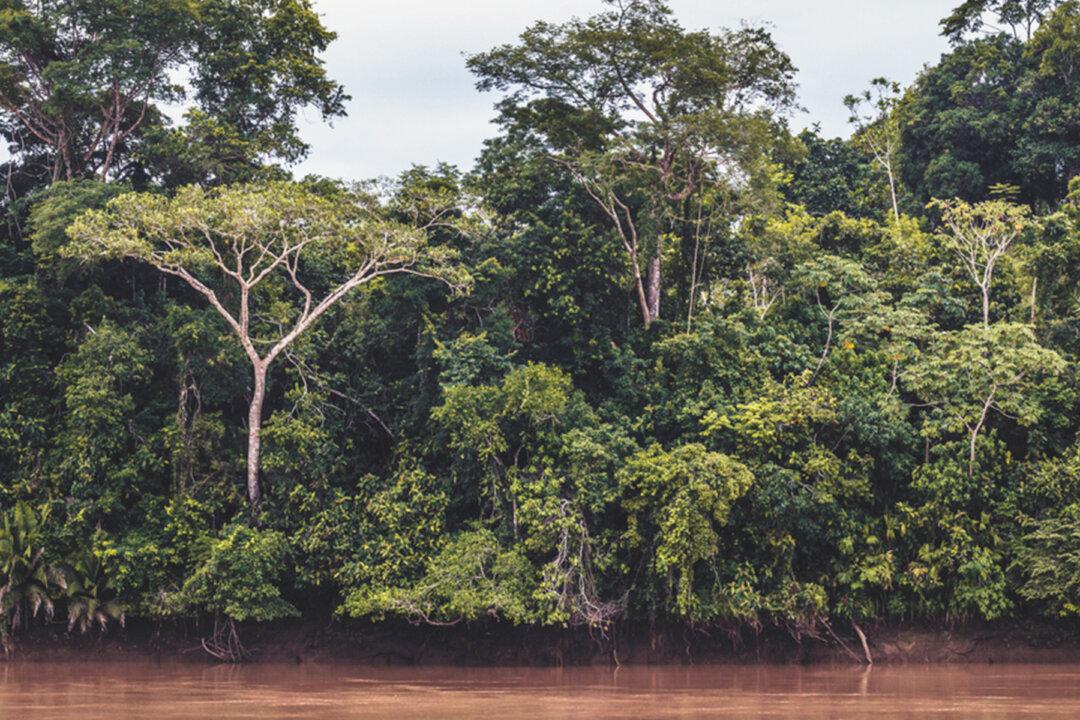The Vanzolini bald-faced saki monkey eluded scientists for over 80 years, yet a rare sighting during an Amazon expedition has the scientific community buzzing with renewed excitement for this rarely seen species.
“It was fantastic,” said Dr. Laura Marsh, director of the Global Conservation Institute and leader of the Amazon expedition, speaking to National Geographic. “I was trembling and so excited I could barely take a picture.”




